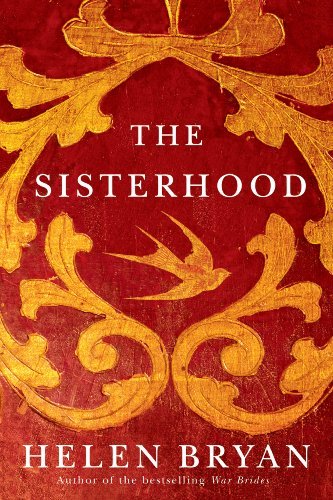The Sisterhood
There is much to admire in Helen Bryan’s second novel, The Sisterhood. It consists of dual timelines: one contemporary, one set in the 16th century. While the contemporary narrative follows the romantic story of Menina Walker’s journey from orphan survivor to all-American girl to art scholar abroad, the earlier narrative follows a multi-authored, fictional chronicle that is born in a convent with roots that go back to the beginning of Christ. Six women tell their stories of how they suffered injustices in the 16th century, either at the hands of male relatives, male guardians, or men of the church. Modern-day Menina finds her way to the ancient convent, discovering overlooked, valuable paintings that depict these women and an ancient gospel that, like the revelations in Dan Brown’s The Da Vinci Code, suggest an alternative version of Jesus Christ and the birth of Christianity. Bryan focuses especially on southern Spain and the peace that existed between the Islamic, Christian, and Judaic faiths before men who privileged power over faith manipulated the faithful. Unfortunately, the often-sentimental contemporary narrative sometimes contrasts too sharply with the tension of the 16th-century narrative. However, Bryan still does an admirable job of creating an historical novel that establishes a Spanish female genealogical line that goes back as far as Jesus Christ.
Detracting from this ambitious novel are the multiple stories. The length requires commitment while the stories, and their six subjects, begin to blur by the third or fourth tale. Nevertheless, the research that Bryan has invested in this novel shows, making the historical parts of the book a fascinating look at 16th-century Spain and early South America. Those who love romance and like to explore alternatives to the overtly male-centered version of Christianity would like this book.










